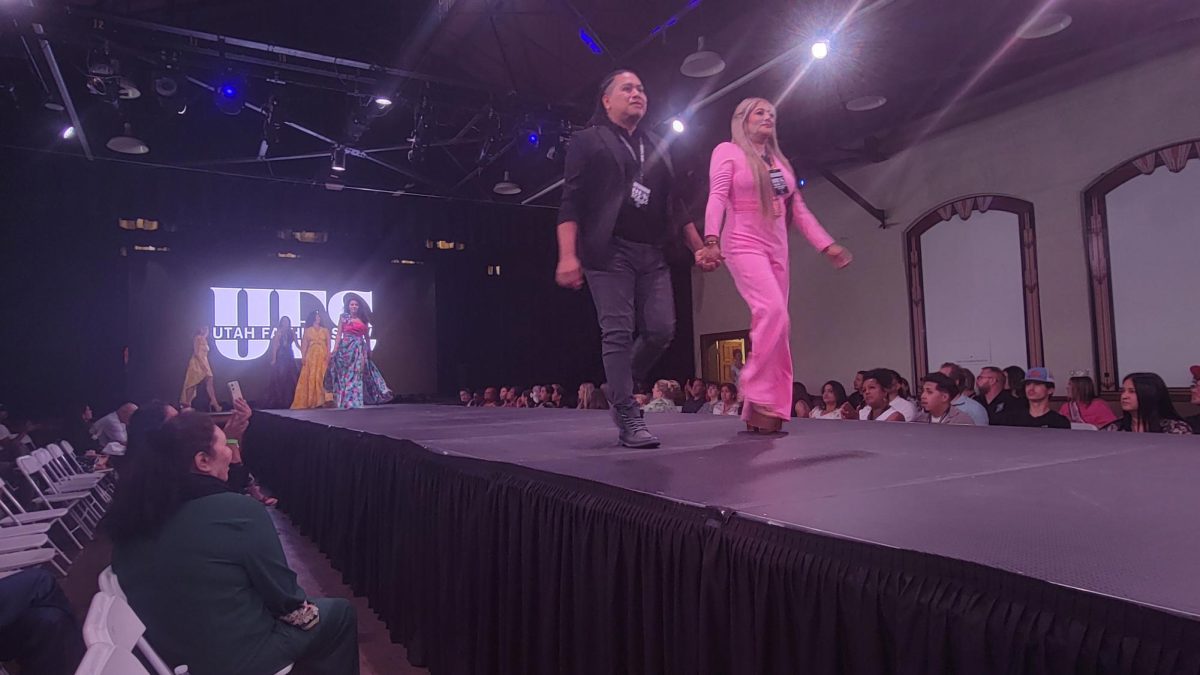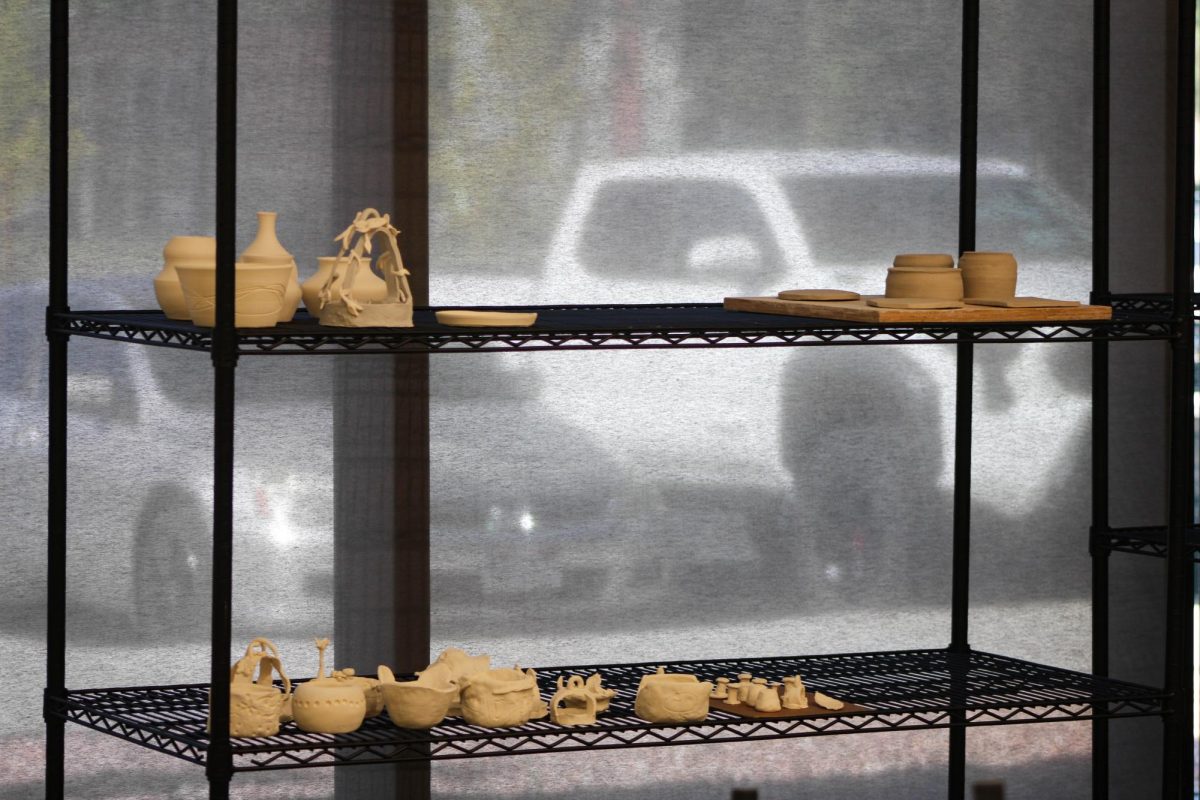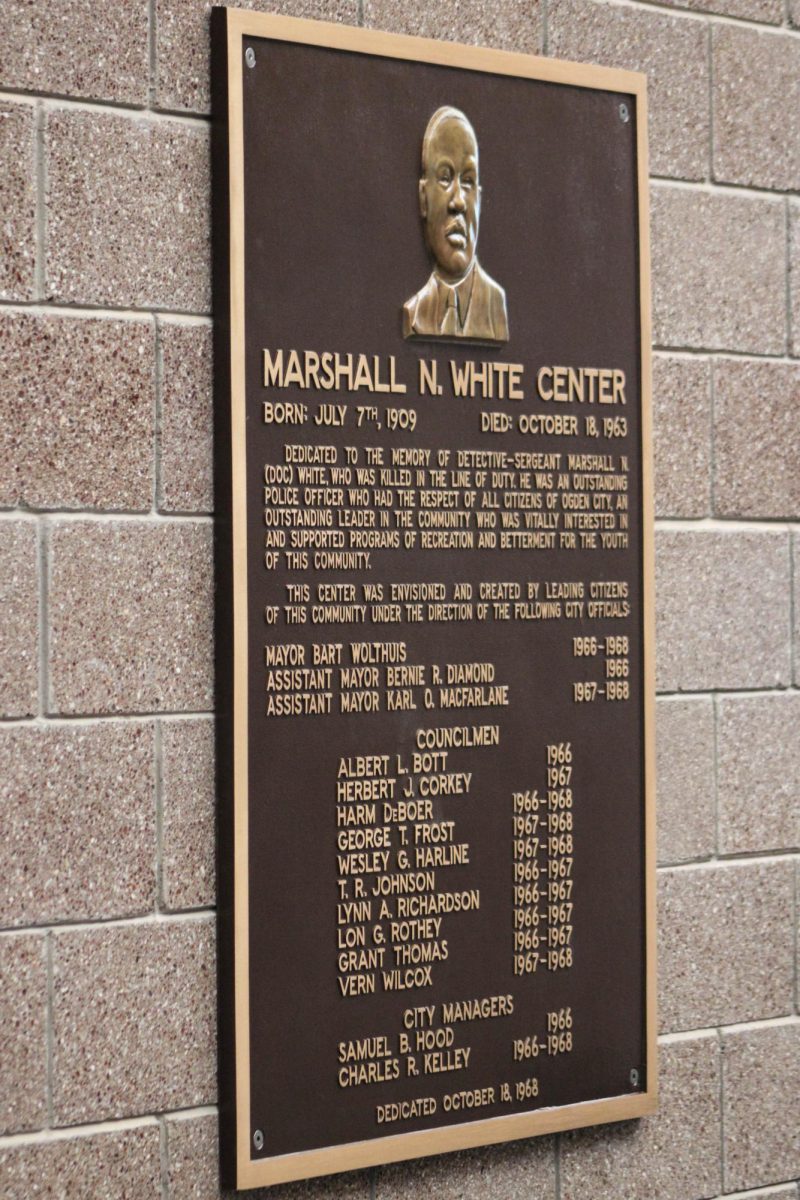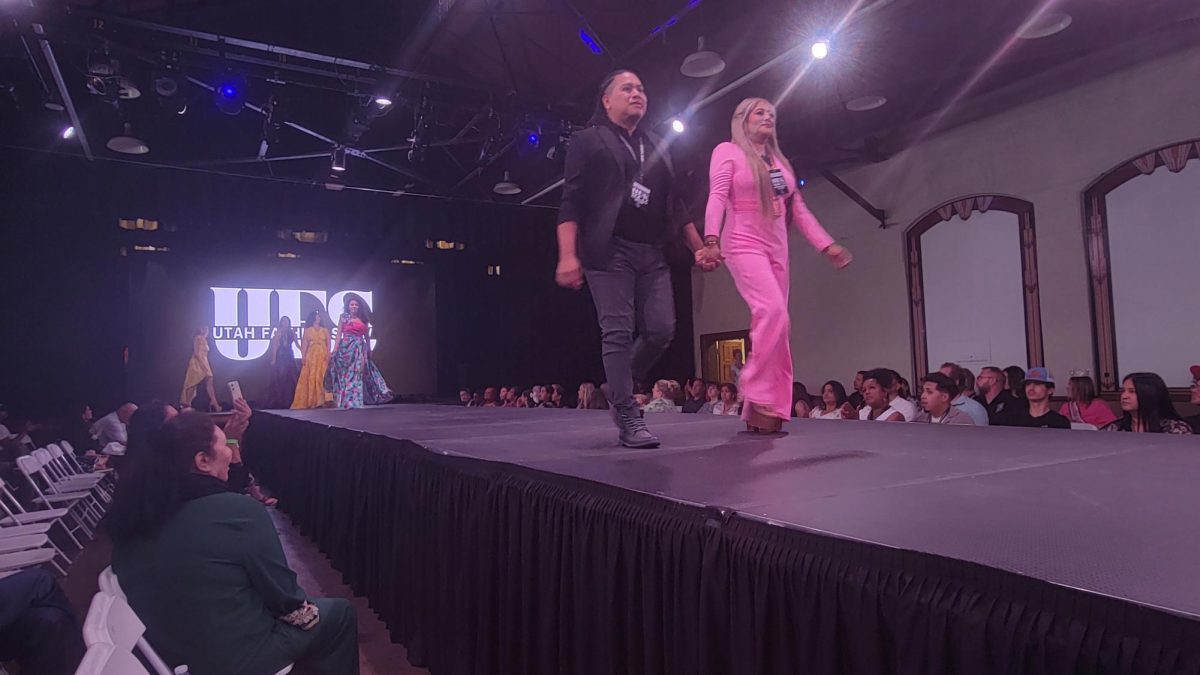
Since its construction in 1964, the Austad Theater in Weber State University’s Browning Center hasn’t seen much change. The seats are original, the concrete on which they sit is original and the paint hasn’t been brushed up. However, this summer the Austad Theater is undergoing a major transformation.
The original seats of the theater were torn out at the end of June. The seats were so old that parts were no longer available, making maintenance on them nearly impossible. Not only that, but the cement holding the chairs in place is suffering in many areas of the theater, theater officials say.
“They have well outlived their life,” Browning Center director Frank Bradshaw said.
The new seats will be a little larger than the old ones for added comfort, and they are designed to add to the acoustics of the room, Bradshaw mentioned.
The materials from the old seats are being recycled and the funds collected from them are going back into the renovations. According to the technical operations manager Austin Hull, the old seats were not even suitable to donate to other theaters.
The funds from recycling will supplement $1 million provided by the state legislature and $250,000 in R.A.M.P. money, which is tax money dedicated to recreation, arts, museums and parks.
In addition, the university is raising money through private donations. Donors can purchase a seat for $1,000 that will feature a plaque with their name on the arm. However, this doesn’t guarantee that the donor will always be able to sit in that seat.
“We have to be very clear about it,” Hull said with a chuckle.
This renovation in the Austad Theater alone costs $1.5 million, Hull said. The entire Browning Center cost $1.8 million when it was built in 1964.
Along with the seats, the theater will get new paint and holes will be plastered, aisles will be added to the theater, and the theater will be made compliant with the Americans With Disabilities Act.
“We want everyone to have the chance to have a good seat for whatever we have going on,” Hull said.
Building codes have also changed, meaning the continental seating that’s currently in the theater, with aisles only along each wall, doesn’t meet new codes.
“Continental seating was really popular back then,” Bradshaw said. “They used to think it was safe because the rows lead to an exit, but they’ve found that 20 or so seats is too many to have in a row before you have an aisle.”
The Browning Center administration picked out the new seats, and an architect is working with Hull to lay out the seating arrangement. With a general contractor doing the work, the Austad Theater has a large team of people working to make it look brand new.
The first show set to be performed in the newly renovated theater is scheduled for Sept. 24, giving the team a small span of time to get everything done. There isn’t much room to think that the project may not be done by fall.
“It has to be done,” Hull said. “We don’t have much of a choice.”
Bradshaw says that squeezing this large amount of work into a small amount of time has been tough.
“We’ve told the contractors that they couldn’t start until a certain date, and they have to be done by a certain date,” he said.
Even though the seats are the biggest part of the renovations, they’ll be the very last thing to go into the theater.
“It takes a while for them to manufacture a little over 1,400 seats,” Hull said. The seats are set to arrive at the Browning Center at the beginning of September.
While the Austad Theater is undergoing the largest change, the other theaters are getting some updates as well. A new sound system and new seats are going into the Allred Theater, and the Eccles Theater will get a new sound system, making the learning experience better.
“We want to make sure students are learning what they need to before they get out into the industry,” Hull said.
Bradshaw said that this makes the money well spent.
“We have the best faculty and the best students, so let’s give them the best equipment to learn with,” Bradshaw said.
Students can go online to weber.edu to look at a live webcam of the Austed Theater. Under the “Browning Center” tab, there is a link to the feed. At the end of the project, there will be a time lapse of the project that students can watch.













